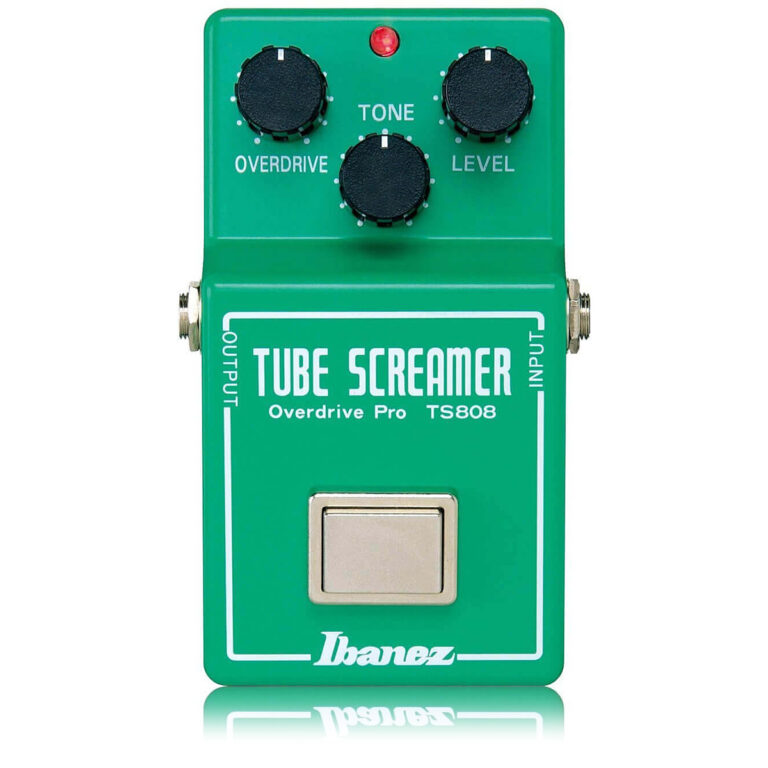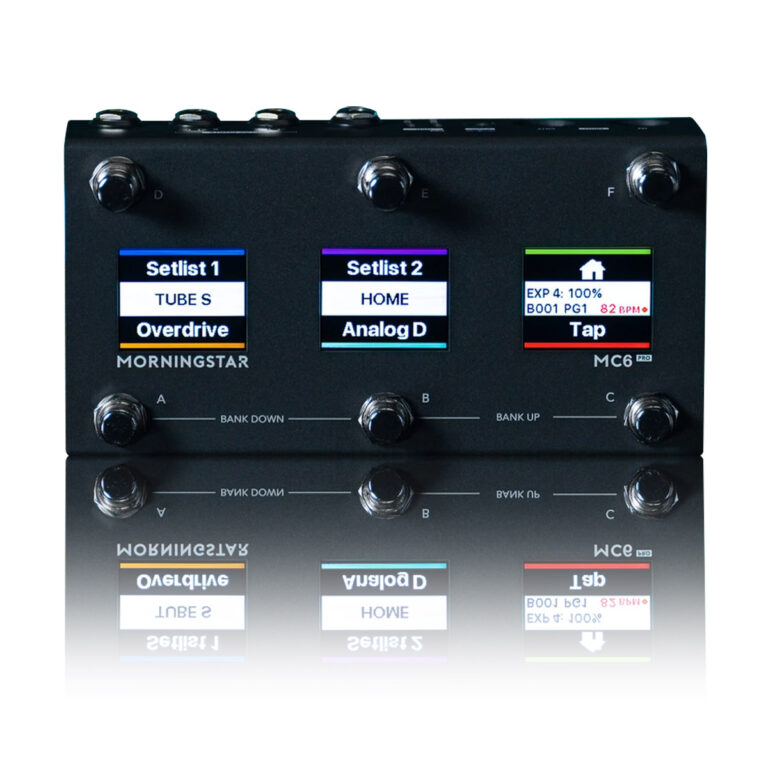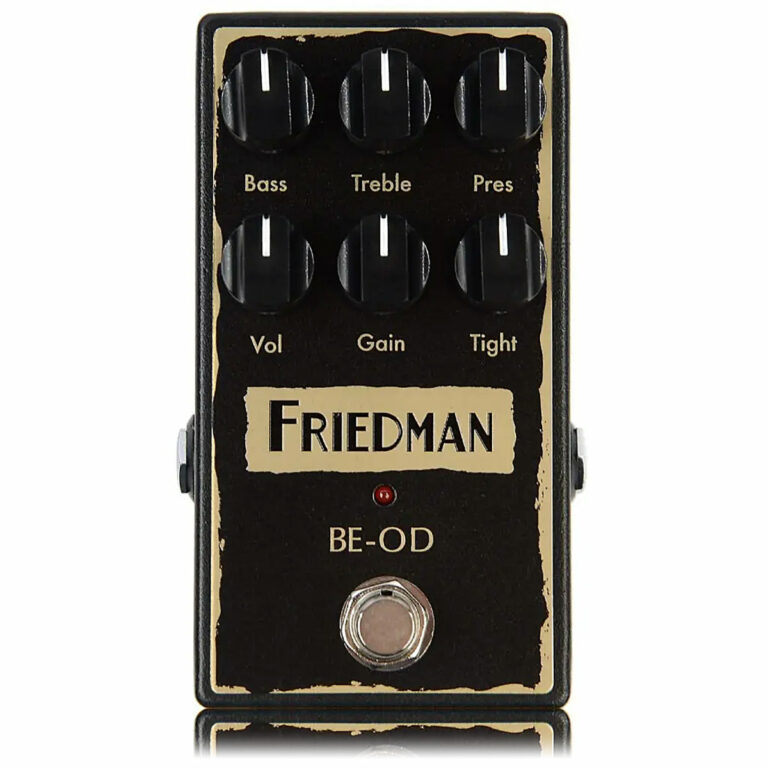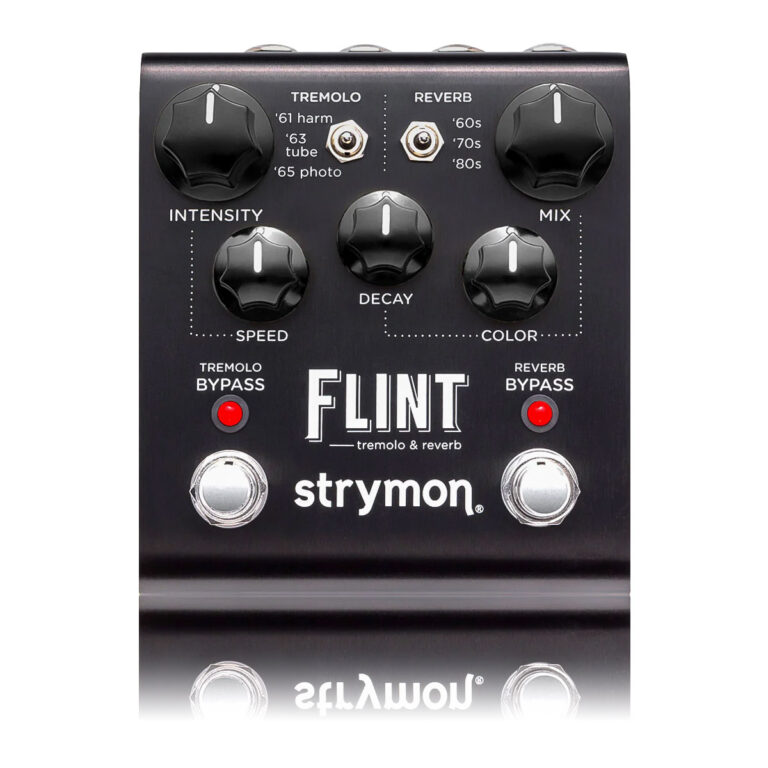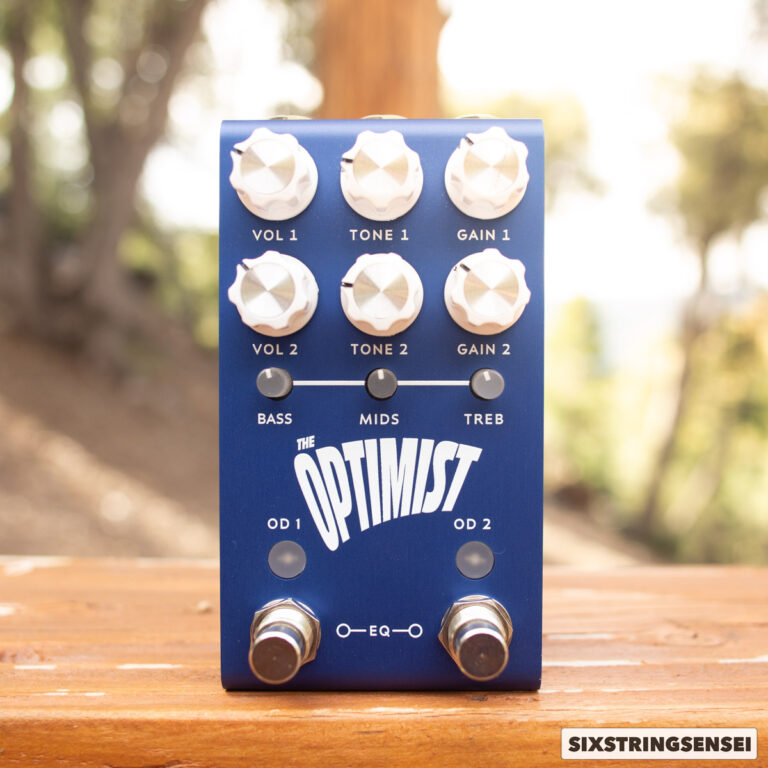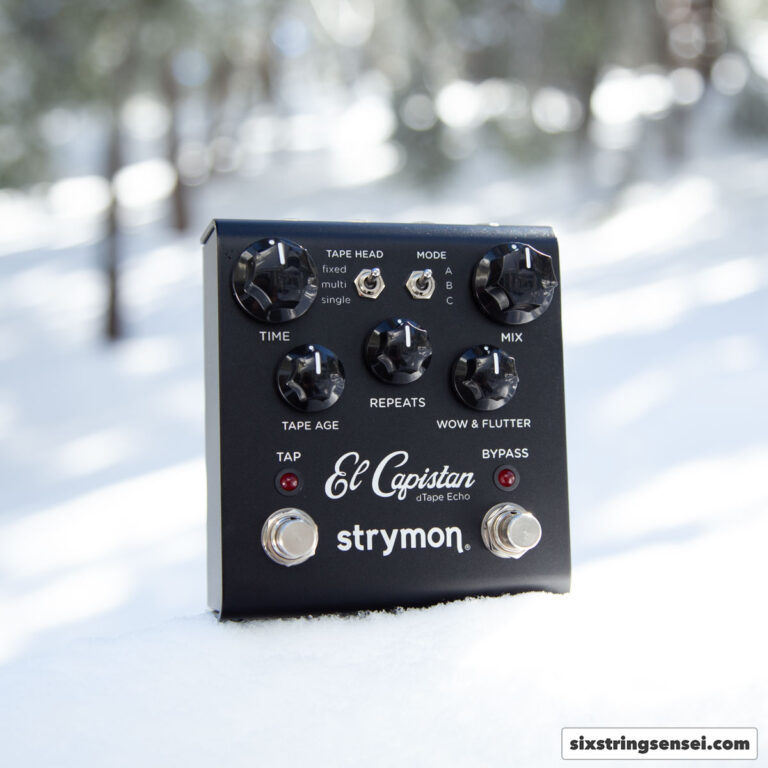Digital Delay Pedals Are Great!
I’m here to tell you that digital delay pedals are great. I understand that they have gotten a bit of a bad rap over the years. This is because of the nostalgia associated with tape delay and analog delay. It’s also because the early digital delays were simply not very good.
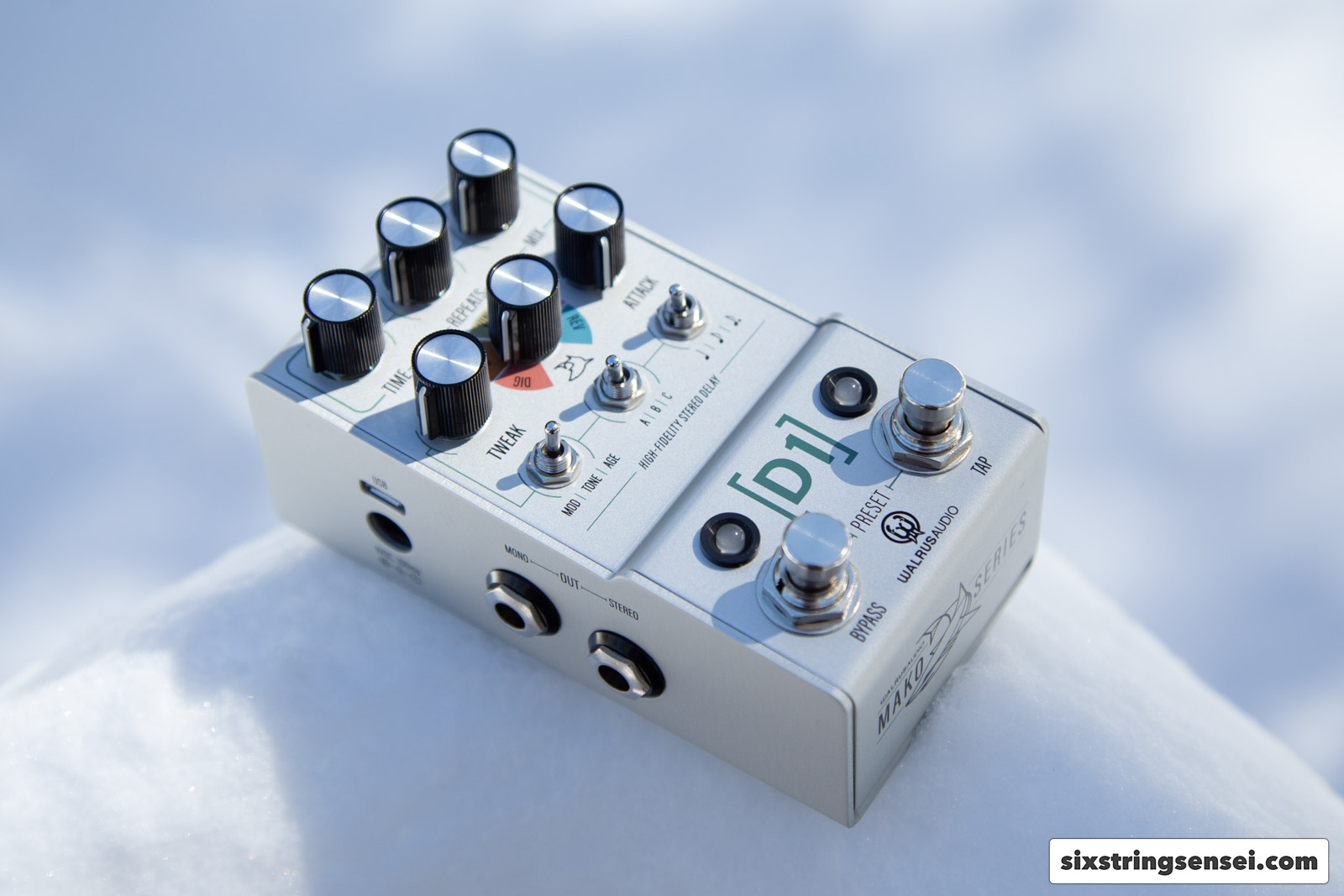
When I say that digital delay is great, I’m talking about modern ones. As of this writing, I’m referring to digital delays created in the last 10-20 years or so. The reason I feel that they are so awesome is because they don’t sound digital. Modern digital delays sound exactly like a perfect copy of your guitar sound. So, if you have a very nice, warm and beautiful guitar sound, then a digital delay will simply give you more of that.
I understand that a dark analog or tape delay is great when you need the echos to be in the background. However, there are times when you can play off the delay repeats. This is often great for staccato rhythms, or for dotted 8th patterns. Perfect crystal clear up front repeats can also be great for open arpeggios and soundscapes. You can always dial in a darker tone if needed.
Even watching demo videos and blindfold tests on YouTube suggests that many guitarists are biased against digital delays because of that stigma that they are supposedly not as good as tape, drum, or analog delays. The blindfold tests are the best. You’ll see the guitarists in question loving the sound of a digital delay pedal. Once told it’s a digital delay the guitarist appears surprised and will respond saying something like, “Wow, I normally prefer tape delay.”
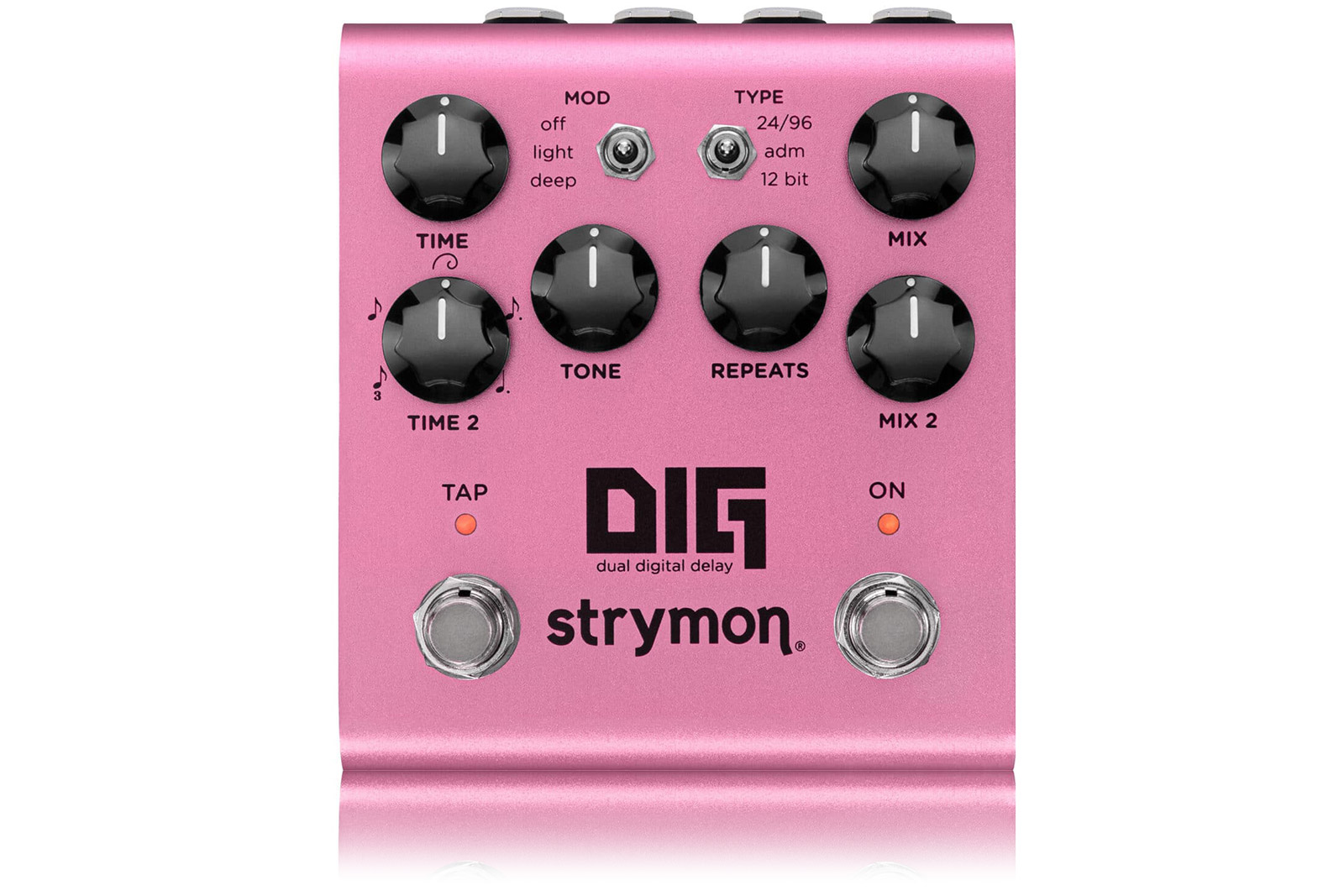
Yeah, tape and analog delay modulation is cool and all. But I encourage you to try a couple of good clean digital delays and set the modulation low. You’d be surprised at how useful this sound can be. It’s also very useful in the effects loop of a dirty amp, as there’s often no real need to add even more imperfections to the sound.
Here’s a list of some very good digital delay pedals. Many of these pedals have other modes for tape, analog, drum and such. Again, most delays these days are all digital anyway. It’s just that they digitally try to emulate a tape delay or an analog delay. But what I’m talking about here is real digital delays that try to sound as perfectly clear as possible.
Some of my favorite digital delay pedals
Strymon DIG
This is one that I would consider as one of the very best. The reason is, it’s not a delay that’s trying to emulate a bunch of other models as well. It’s a digital delay through and through. Guitarists that have accepted that digital delay is awesome can often say the Strymon DIG is even better than the venerable Strymon El Capistan
Walrus Audio Mako Series D1 Delay
This is one of those pedals that have various modes. The reason I bring is up is because I own it and the digital delay algo on it is my favorite as compared to all the other ones on the pedal.
Source Audio Collider
I often use the tape delay engine on this pedal. But if I’m not on that, I’m on the digital delay. It’s truly awesome. In fact, I often prefer it over the tape algorithm and I prefer the modulation on it as well.
Source Audio Nemesis
The digital delay algorithm on the Source Audio Collider came originally from the Nemesis. So there you have it.
Empress Echosystem
The Empress Echosystem is one of my favorite delay pedals of all time. Everything on this thing is amazing. In regards to digital delays, the Empress Echosystem has a few algorithms dedicated to digital delays that are absolutely stellar.
There are more out there. But I definitely encourage you to put your assumptions aside and try out a good, modern, digital delay. Once you stop thinking that a tape or analog delay is simply better by default, and use your ears to gauge your experience, you might come back appreciating a good digital echo much more.
If you liked this article, I encourage you to check out the one about Analog Dry-Through Versus Fully Digital – It’s right up your alley in regards to this story about digital delays.

